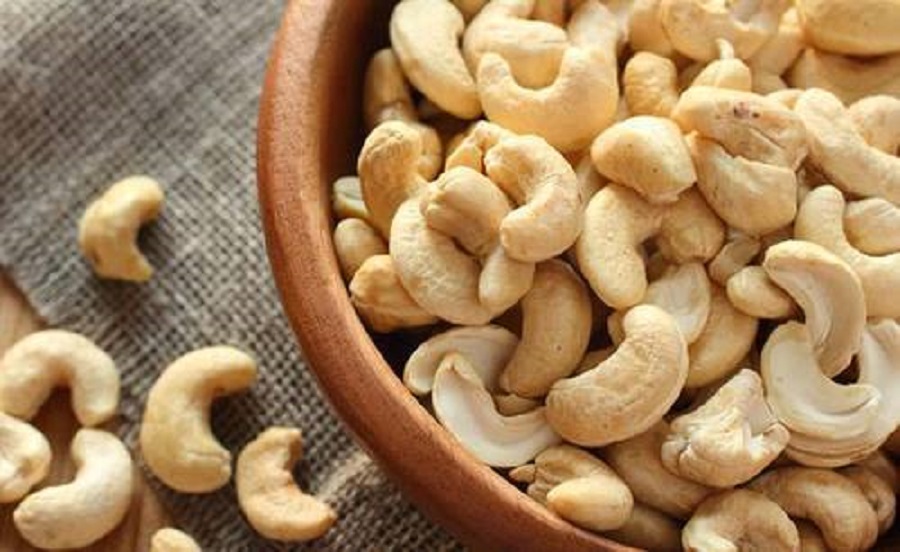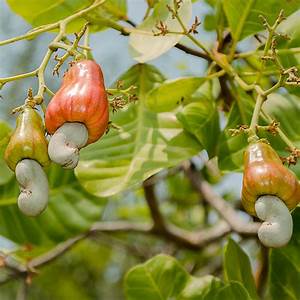The Ministry of Food and Agriculture (MoFA) has implemented an intervention plan to prevent the overindulgence in cashew farming as most farmers in the Bono region have resorted to this against other food crops production.
This is against the backdrop of the high demand for cashew, its export rate and the perishability of other food crops. People have adopted cashew farming as a way of insuring agricultural investment. Cashew as a cash crop is a permanent and reliable source of income compared to a food crop like maize.
Farmers in areas like Techiman, Nkoranza, Wenchi, Atebubu, Kintampo, Jaman North and South, Nkrankwanta and Dormaa have developed love for cashew farming over the production of other food crops such as maize, yam, cassava, groundnut and watermelon. This has also led to farmers in the forest zone areas to resort to cashew farming though experts say cultivation of cashew in the forest area is not recommendable. However, farmers in forest communities including Bechem, Duayaw-Nkwanta, Atronie and Tepa are busily growing cashew.
MoFA in addressing this issue has stepped up efforts to increase food crops productivity per a unit of land to make up the impending losses in production. Speaking for the Ministry, the Bono Regional Extension Officer, Isaac Adjei-Mensah indicated that the ministry is among others giving out more improved varieties that guarantee higher yields.
“MoFA has intensified extension services, coupled with the supply of fertilisers and agrochemicals like pesticides and insecticides. All other things being equal, we expect farmers to produce about 90 percent of the projected yields for the various crop varieties produced by researchers,” he said.
According to some farmers, the recurrent post- harvest losses in food crops production has powered the shift of effort to cashew. They say it is a commodity with high demand with easy access to markets. It is known that some farmers even sell raw cashew nuts (RCN) at the farm gates during favourable buying periods as compared to other food crops.

A 53-year-old farmer at Wenchi, Theresa Benewaa, stated that her shift from cassava production to cashew was as a result of the extreme drop in prices of cassava. This led her to cut down a two-acre farm to grow cashew.
“Around September 2019, a fully-loaded tricycle (motor king) was sold between GH¢100 and GH¢80; this included harvesting labour cost. I’m fed-up with the reoccurring losses in cassava production. I have resolved to grow cashew on my lands and leave just a piece for subsistence food crops’ farming.”
Yaw Yeboah is a small-scale farmer at Atronie in the Sunyani Municipality:
“I inherited cocoa farming from my father, but I have realised it is less difficult to maintain a cashew farm than cocoa; therefore, I have started cashew farming instead of expanding my cocoa farm. Other crops like cassava and plantain that grow well here too don’t fetch much, particularly with bumper harvests – hence the decision to try cashew”.
One of the reasons for the shift to cashew production is the demand for farmlands. As demand for farmlands is exponentially growing and as a means to secure lands per head, people have resorted to cashew cultivation to protect their lands.
Another issue spearheading cashew production to the disadvantage of food crops is the implementation of government’s flagship ‘Planting for Export and Rural Development’ (PERD). The programme is aimed at promoting rural economic growth and improving household incomes of rural folk, through the cultivation of cash crops such as cashew, mango, shea, cotton, rubber and coffee. Free distribution of cashew seedlings under PERD by District Assemblies has led many to join production of the economic tree crop. Averagely, each district distributes about 150,000 seedlings every year.




















